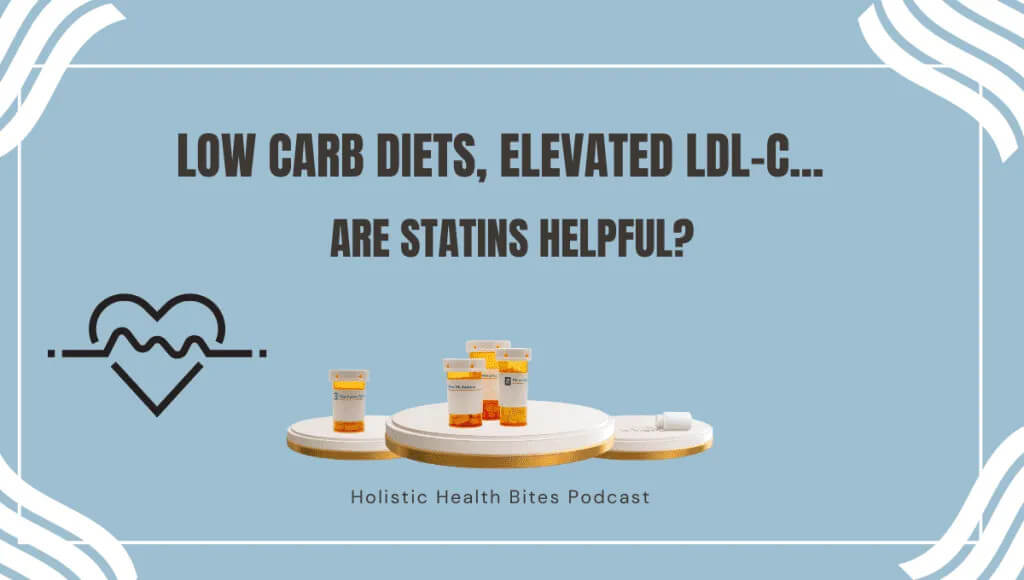
THIS IS NOT MEDICAL ADVICE
Elevated LDL on a Low Carb Diet – Are Statins Helpful?
Today, we are talking about statins…and specifically an article that was published discussing the use of statins for those with high LDL cholesterol on a low carbohydrate diet. This was published in the Journal Current Opinion in Endocrinology, Diabetes, and Obesity by David Diamond, Ben Bikman, and Paul Mason. To read the original publication with study citations, click here.
One of the main concerns people (and many medical professionals) have about low carb and ketogenic diets is they can sometimes cause a rise in LDL cholesterol readings on bloodwork.
There has been a lot of research on the benefits of a low carb diet for weight loss and managing type 2 diabetes, but the fear around cardiovascular disease still remains.
Fear of consumption of fat, specifically saturated fat has lived on for over 50 years, despite there being no conclusive evidence that healthy fat consumption is causal of heart disease development.
These claims are somewhat drawn from the diet-heart hypothesis which holds the view that elevated LDL-cholesterol is a principle driving force in the development of atherosclerotic cardiovascular disease and that the key initiating event in atherogenesis is the retention of LDL cholesterol in the arterial wall. LDL is seen as the villain that must be lowered to reduce the risk of heart disease – hence why statins are so highly recommended for their LDL lowering capabilities. Numerous studies and reviews have been done over many decades highlighting significant critiques of the initial hypothesis and data collection.
So, what do we know? And what do we not yet know?
Low carb diets have been shown to improve several markers of cardiovascular disease. It is not yet fully determined if simply increasing the LDL-C value is atherogenic, neutral or beneficial. There are no long term studies evaluating the impact of increased LDL-C with low carb diets to show benefit or risk.
Here are the 3 main factors these authors looked into in the research and medical industry:
- Is LDL-C a causal factor in cardiovascular disease?
- What role does insulin resistance and various lipid profiles have on cardiovascular disease?
- What does a low carbohydrate diet do to cardiovascular disease risks?
LDL-C as a causal factor in cardiovascular disease:
This belief seems to stem from research done prior to 1985 on people with familiar hypercholesterolemia – a genetic condition causing premature cardiovascular disease due to impaired binding of LDL to the membrane receptor, leaving more LDL in the blood. This information was then extrapolated to the entire population – stating that any elevations in LDL-C must also cause development of cardiovascular disease.
This also brings up several inconsistencies in the theory however. If elevated LDL-C were the only factor – then risk should increase with larger elevations and with time (how long a person has had elevated LDL-C levels). But in those with familial hypercholesterolemia, their risk actually decreases with time. Elderly people with FH after decades of elevated LDL-C have no increased rate of CVD death and no increased risk of ischemic stroke either when compared to those without FH. So how can LDL-C be the causal factor if this is true? And to take it one step farther, those with FH have an all-cause mortality rate equal to or lower than that of the general population.
The article posits three theories on why those with FH aren’t all dying young from CVD:
- A small subset of those with FH die prematurely. These people seem to be genetically more susceptible to coagulopathy, independent of their LDL status. This condition alters the blood’s ability to clot, increasing the risk of bleeding.
- LDL-C is important for the immune system, helping to lower mortality from cancer and infections. Infections can contribute to the development of atherosclerosis.
- Those with FH tend to have relatively low rates of type 2 diabetes, which is a significant risk factor for CVD.
Also interesting is that those in the general population (without FH) also tend to have greater longevity with higher LDL-C compared to those with lower LDL-C.
Multiple heart disease organizations hold strong to the belief that LDL-C is a cause of CVD, despite it being repeatedly found to be a poor marker of CVD risk and mortality, including all-cause mortality. Calcification within the coronary arteries has been found to be a reliable risk marker. Coronary arterial calcium (CAC) scoring has been shown to be the best predictor of fatal and non-fatal coronary events in diabetic and non-diabetic individuals and in people of all ages. Studies have shown that over ⅓ of people with very high LDL-C have a zero CAC score, showing very low risk of future coronary events.
Other tests that have been found to be better correlated with cardiovascular disease risk are elevated fasting glucose, elevated hemoglobin A1c, and elevated triglycerides.
Another overlooked feature of LDL-C is the different types of LDL particles. Total LDL-C represents the sum of the population of different LDL particles including Lp(a) which is related to increased risk of cardiovascular disease and proinflammatory state.
Insulin resistance, lipids, and cardiovascular disease:
Current research has clearly demonstrated that insulin resistance is a strong and independent risk factor for hypertension and cardiovascular disease and has a major causal influence in the development of CVD. Insulin resistance drives the development of type 2 diabetes which is the great risk factor for CVD.
Insulin resistance is related to hypertension, increased blood clotting, advanced glycation end product associated endothelial dysfunction (sugar being attached to various cellular components causing damage and stickiness), and impaired nitric oxide synthesis (which relates to blood vessel dilation, hormone release, neurotransmitter function, and other cellular signaling). All of these contribute to blood vessel damage and impaired function.
Insulin resistance, as it relates to hypertension, causes the kidneys to retain more sodium and activates the sympathetic nervous system (fight or flight side). Chronically elevated insulin seen with insulin resistance chronically elevates epinephrine which activates the cardiovascular system, increasing the amount of blood pumped through the heart, and increased platelet aggregation.
Insulin resistance with elevated insulin levels also causes increased “foam cells” to be formed which are a chief component of plaques. These foam cells are created by immune cells called macrophages that gobble up lipids. Once they become foam cells, they initiate a proinflammatory cascade.
Insulin resistance, type 2 diabetes, and obesity are associated with more dangerous types of LDL. Earlier I mentioned different LDL particle sizes. They range from small dense LDL to large buoyant LDL particles. The small dense LDL more easily undergo atherogenic modifications including glycation, which increases inflammation, glucose levels, and overall CVD risk. This makes up one part of the atherogenic dyslipidemia triad – elevated triglycerides and small dense LDL with low HDL-C. Each piece of the triad increases the risks individually, and even more so when combined. This triad has been referred to as “pattern B”, showing a “threefold increased risk of myocardial infarction, independent of age, sex, and relative weight”.
Large buoyant LDL has not been shown to increase CVD risk. The Framingham Offspring Study published in 1992 showed that low HDL with elevated triglycerides were correlated with lower large buoyant LDL levels, higher small dense LDL levels, and increased risk of coronary artery disease. One simple way to evaluate your pattern is the triglycerides to HDL ratio. This can be calculated on any standard lipid panel (even if the lab didn’t report it). Simply divide the triglyceride value by the HDL value. An elevated ratio is predictive of the riskier pattern B profile. Ideally this number should be as low as possible, at least under 2. For example, if you have an triglyceride value of 150 and an HDL value of 30, you would have a ratio of 5 (increased risk). Instead, if you have a triglyceride level of 70 and an HDL level of 65, you would have a ratio of 1.07 (low risk).
Low carbohydrate diets on cardiovascular disease:
So, we’ve already established that insulin resistance, type 2 diabetes, and metabolic syndrome conditions increase cardiovascular disease risk. The great news is even modest nutritional changes can often be more effective than pharmaceuticals for reducing cardiovascular disease risk.
Low carb diets have been shown to decrease risk factors such as visceral fat, blood pressure, Lp(a), and inflammation as well as glucose, lipids, and insulin-based risk factors.
One study compared a low carb to low fat diet in obese adults showed the low carb group lost more weight, increased HDL-C, decreased triglycerides, and decreased C-reactive protein more than the low fat diet. Meta-analyses of several other studies showed the same improved results with low carb over low fat.
Several longer term studies (6 months to 3 years) have shown reductions in several risk factors such as lower triglycerides, small dense LDL, blood pressure, and reduced hypertension medications using a ketogenic diet. One 2 year low carb diet intervention study also showed improved carotid intima media thickness (thickness of the arterial wall). Several long term ketogenic studies have been done on patients with epilepsy, showing the safety of these nutritional interventions for as long as 10 years so far.
Add in the numerous practitioners, doctors, nutritionist, and dietitians who have used and recommended low carb and ketogenic diets with their clients for many years without increased risk of cardiovascular disease events, and there is a mountain of data showing the benefits.
When it comes to the fear around saturated fat and the increased risk of CVD, one randomized clinical controlled trial by Volek, et al showed the low carb group had superior improvement of CVD risk factors compared to the low fat group despite consuming three times more saturated fat. While LDL-C may increase with low carb diets, the particle size increases – leading to more large buoyant LDL and therefore lower CVD risk.
There is extensive evidence that carb reduction can improve elevated glucose, insulin resistance, inflammation, hypertension, body weight and the atherogenic triad. There are currently no published clinical trials that evaluate individuals on a low carb diet who also have elevated LDL-C with or without statin treatment. However, there are two statin studies that can be helpful in assessing risks and benefits.
The first is a reanalysis of data from the 4S trial which was a study evaluating secondary CVD prevention for those who have a history of angina or myocardial infarction and who have elevated LDL-C. All participants from this study were assessed for additional coronary events in either the placebo or statin treated group with either an atherogenic profile or non-atherogenic profile with respect to HDL and triglycerides. When looking at the placebo group, those with a non-atherogenic profile (low trigs and high HDL) had a lower incidence of coronary events than those in the placebo group with the atherogenic profile (low HDL and high trigs).
Remember both groups had high LDL-C – so this would suggest that the atherogenic profile is a stronger predictor of CVD events. When looking at the statin treated groups, the statin reduced coronary events ONLY in those who had the atherogenic profile. The statin had no benefit in the non-atherogenic group. This would suggest that individuals who follow a low carb diet that often results in the non-atherogenic profile type, would not benefit from a statin.
The second study, the prospective study of Pravastain in the elderly at risk (PROSPER) evaluated elderly men with preexisting vascular disease or who were at increased risk due to diabetes, hypertension, and/or were smokers. The men were randomized into either the pravastatin or placebo group and then followed for coronary events over 3 years. When looking at the placebo group, those with low HDL-C, consistent with insulin resistance and an atherogenic profile, developed significantly greater incidence of coronary events compared to those in the placebo group who had high HDL-C. When looking at the statin treated group, the benefits again were only found in those with low HDL, independent of LDL-C. The benefit was greatest in those with the lowest HDL.
Statins, like all medications, also come with additional risks – they increase the likelihood of developing type 2 diabetes, increase fasting blood glucose in those with and without diabetes, contribute to mitochondrial dysfunction, tendonopathy, myopathy, acute kidney damage, and cognitive impairment. If a low carb diet creates a non-atherogenic profile which reduces CVD risk significantly…this seems to be the most natural way to reduce risk without causing negative side effects.
Like any nutrition or lifestyle program, it is always advised to work with a highly trained health care practitioner to ensure monitoring and proper application. Unfortunately, much of what you’ll see on social media is NOT a healthy way to apply a lower carbohydrate plan and will increase your risks, rather than decrease your risks. If you want to evaluate your risks or get started on a true heart healthy plan, schedule a free consultation with me to discuss your unique situation. I’ll leave a link in the description of this episode.





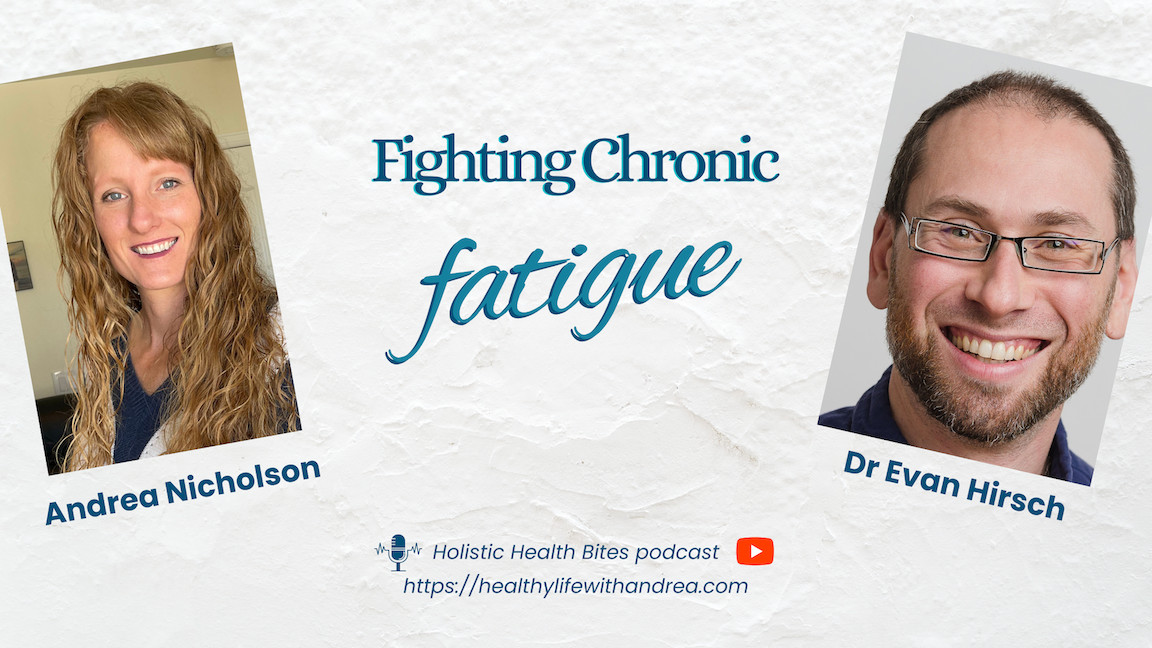
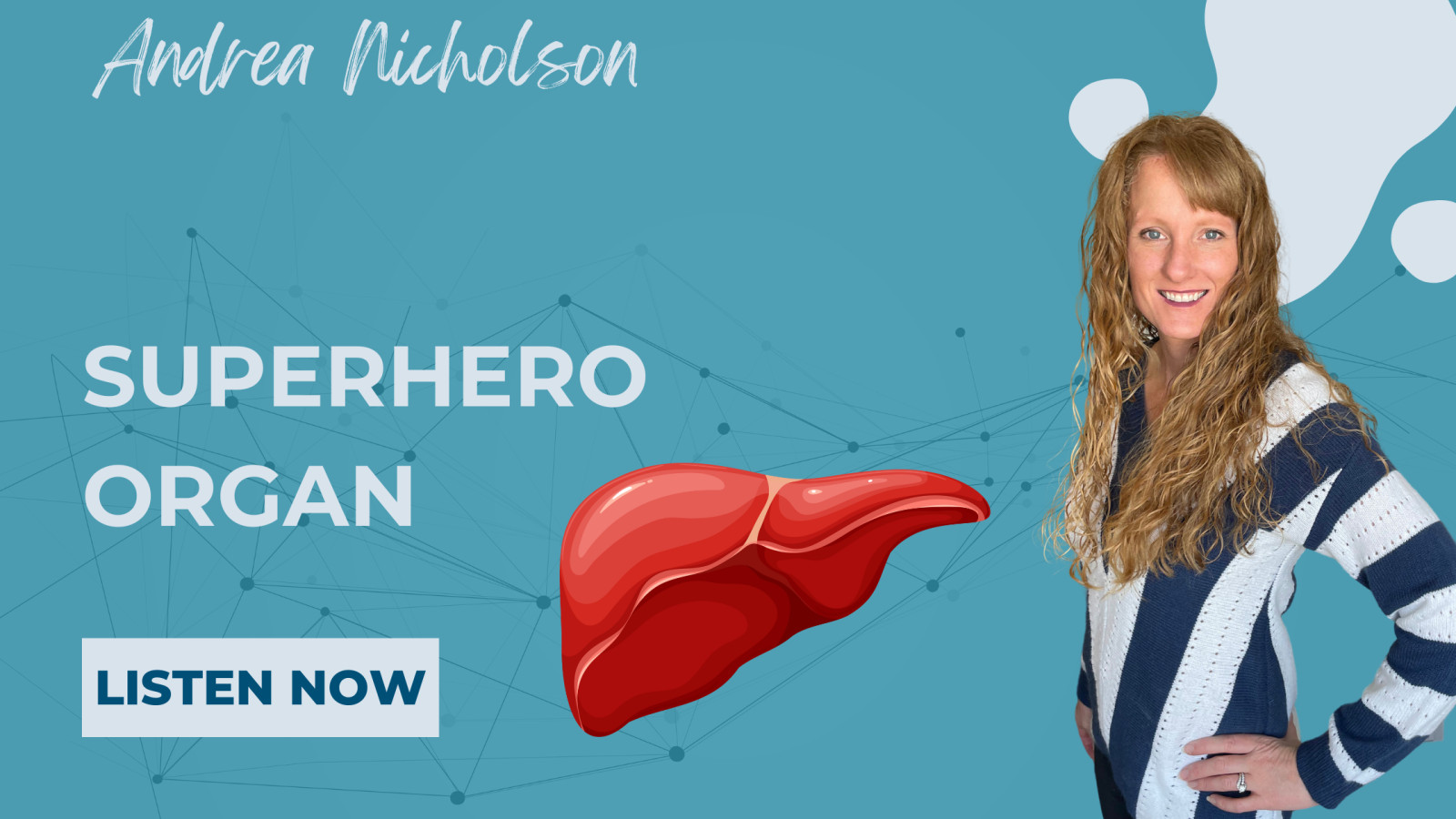




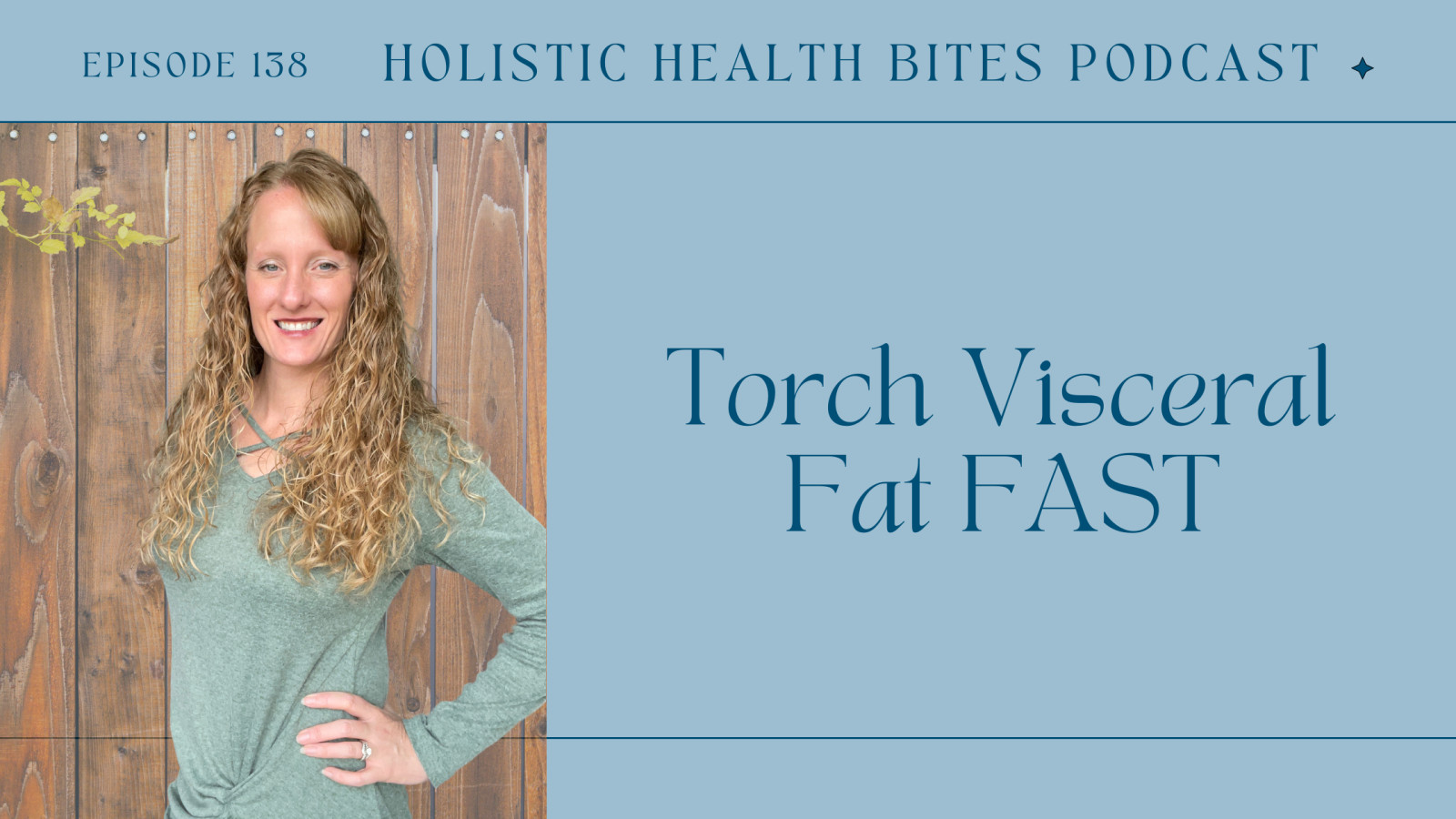


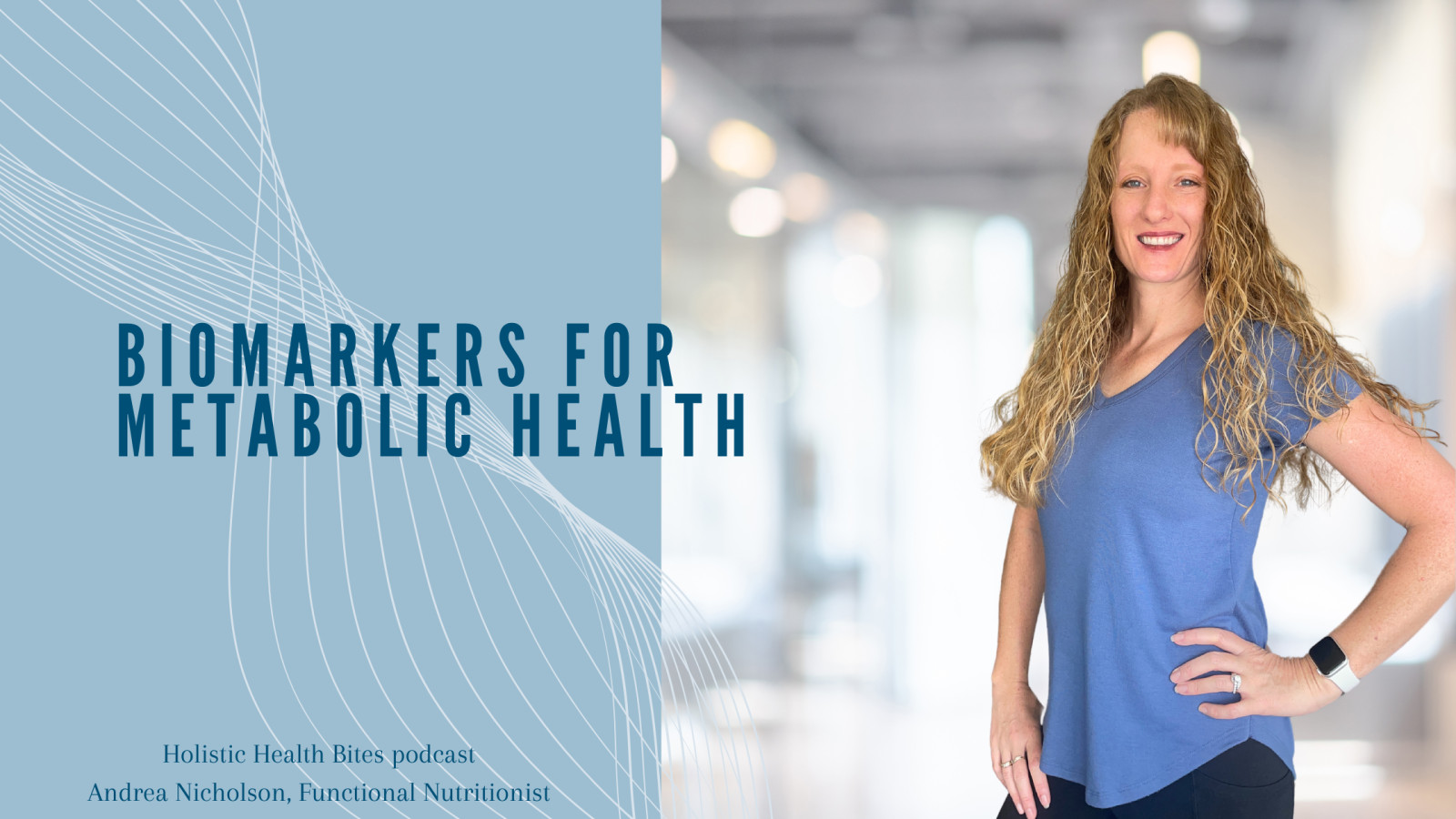






0 Comments